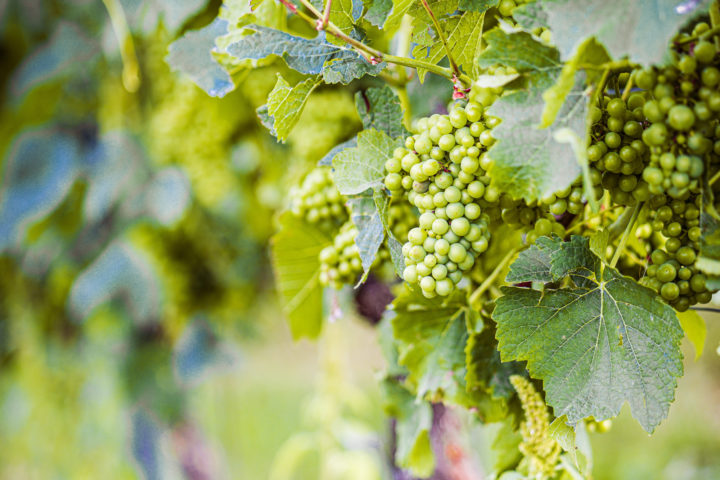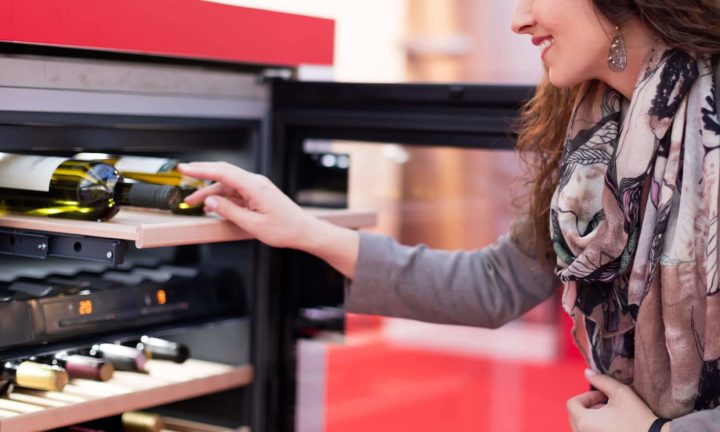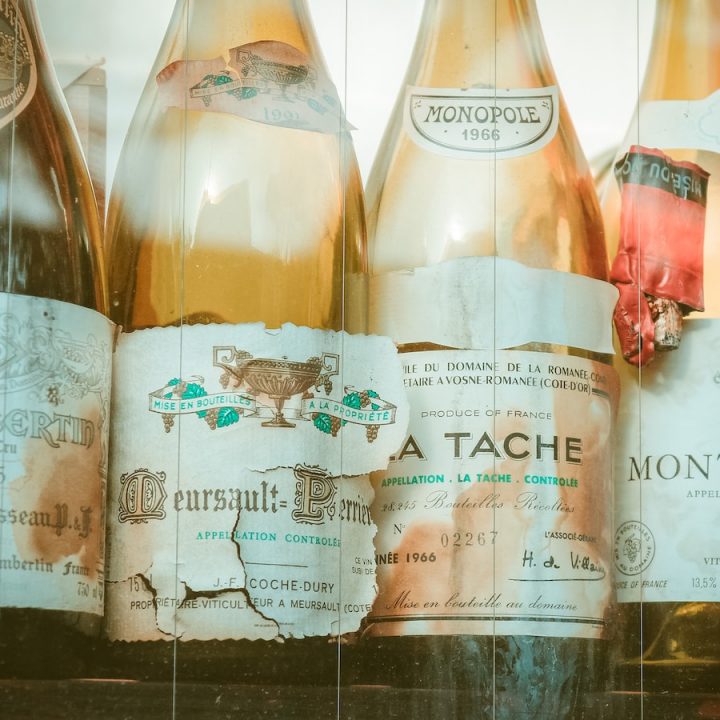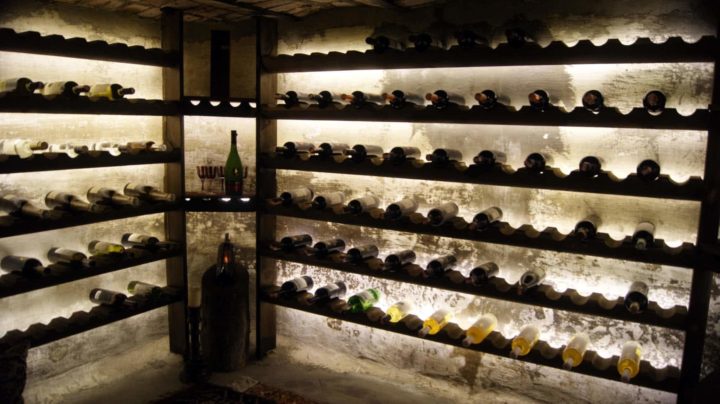It is one of the most common questions an avid wine drinker must hear. “How do I recognize a good wine?” And the answer to this question is not so simple. For this reason, in this article we want to introduce you to a method that will help you recognize a good wine, even as a beginner.
What is good wine?
If a wine tastes good, it is perceived as good. So the answer to the question, how do you recognize a good wine, is explained with that? Not quite! Of course, a wine must taste. But not every wine that you like is therefore a good wine.
However, our taste is a subjective sensation and not a characteristic inherent in wine. If you want to know how drinkable wine differs from good or outstanding wine, you have to judge according to objective criteria and put your taste behind.
You can’t tell the quality of a wine by its label or grape variety. You have to try it. Also, the price rarely says anything about the wine quality. Although the probability of having something bad in the glass decreases as the price rises, good wines are also available for around 5.00 €.
The first conclusion we draw here is: taste is subjective. Quality must be measured against objective criteria. The price, the grape variety or a nice label does not give any information about it – especially for beginners.
BLIK: Objective criteria for a good wine
Each wine has four basic characteristics that we use in the BLIK method to determine its quality. The acronym BLIK stands for one of these properties each.
Balance, length, intensityand complexity. The stronger these four characteristics occur, the higher the quality of the wine. Whether you like it, however, is another matter entirely.
Balance
When wine connoisseurs talk about the balance of a wine, they mean the individual aroma and flavor elements. The easiest way to demonstrate the balance is with residually sweet wines. If these wines lack acidity, they appear extremely sweet, stale and sticky. If the ratio of acidity to residual sugar is correct, the wine appears less sweet (despite the same sugar content). The acidity also provides a sparkling interplay of the two components on the palate. In red wines, it is the tannins that are most important. Do they leave a thick fur on the tongue or do they seem rather velvety and well integrated into the wine?
Length
How long you perceive a wine after swallowing it says a lot about its quality. Top wines can reverberate for minutes and ignite a veritable firework of aromas.
We measure the length of a wine in seconds. A short wine lasts only a few seconds. Between six and 15 seconds is the range called mean length. Anything over this period is considered a long finish. Particularly noble drops are still clearly perceptible even an hour after the last sip.
Intensity
An intense aroma suggests a high extract content. How intense are the smell and mouthfeel? Does the wine taste more like flavored water or highly concentrated, or perhaps you have a blender in your glass? Blenders are wines that smell intense, but do not confirm this impression in the mouth.
Complexity
Can only one or two aromas be named in the wine or is there an expansive variety of different impressions in the glass? Does the wine evolve over time in the glass? Do new olfactory impressions come along? The more different flavors can be made out, the better. Some wines can overwhelm even experienced noses with their complexity.









